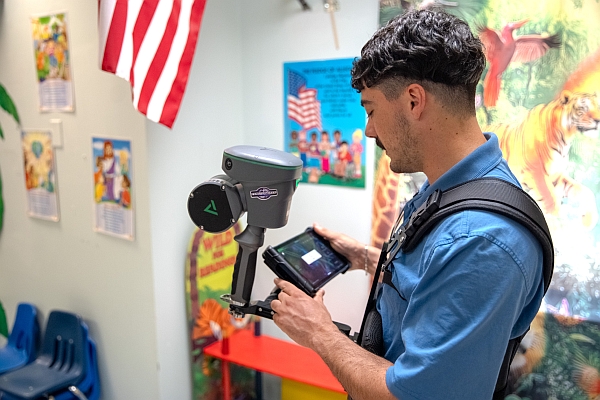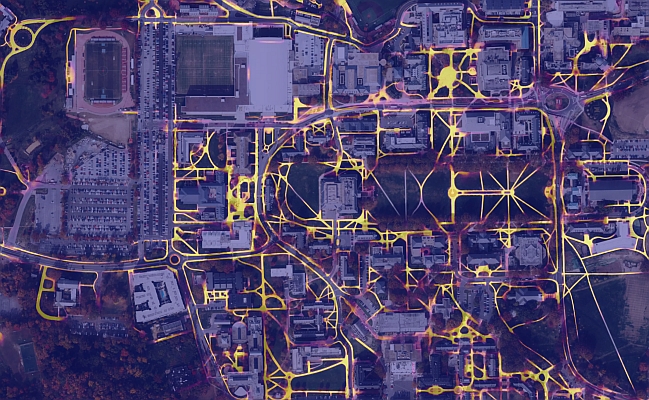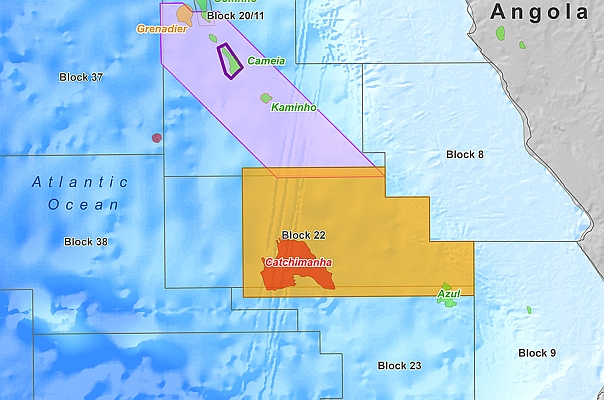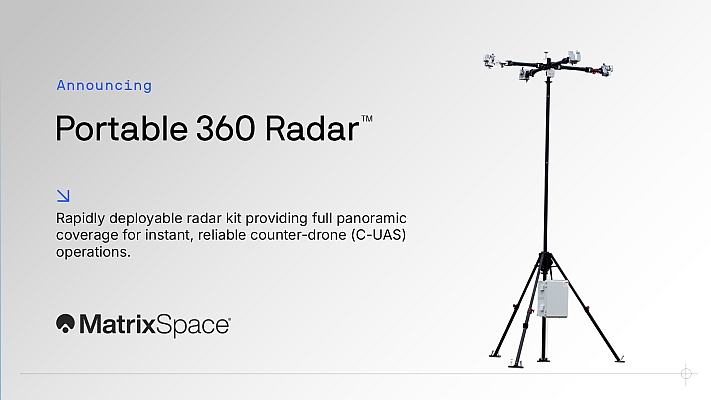Representatives of the Egyptian government and the European Space Agency have agreed on the construction of a new Ranging and Integrity Monitoring Station (RIMS) in Alexandria. The facility will make available a variety of new Egnos-based services in the Mediterranean and beyond.
On 16 October 2008, the EU-funded METIS project hosted a contract signing ceremony in Cairo. Witnessing the event was Klaus Ebermann, Head of the European Commission Delegation in Cairo. "Egnos is like a ray of light into the future," he said. "The commercial potential of satellite navigation is enormous, and in today’s economic and financial climate, this represents a rare opportunity." Ebermann said Egnos-based services would change the way people travel and work in the Mediterranean region, affecting tourism as well as maritime, land and air transport sectors.
Representing Egypt’s National Air Navigational Services Company (NANSC) was Egypt’s Minister of Civil Aviation Ahmed Shafiq. "My country is sincerely committed to supporting this and other Euro-Mediterranean international co-operative initiatives to the fullest extent," he said.
Key ground elements
The Egnos ground segment is composed of:
– The master control centres;
– The ranging and integrity monitoring stations (RIMS);
– The navigation land earth stations;
– The Egnos wide area network;
– Support facilities.
In its final configuration, it will include 41 RIMS spread over Europe and other regions. RIMS subsystems perform several key functions, including signal quality monitoring, local interference mitigation, detection of excessive interference, detection of satellite failure events, data demodulation, and message formatting and transmission towards Egnos master control centres.
Site constraints
The European Space Agency (ESA) is currently undertaking the installation of a number of new RIMS’ in the Mediterranean region, part of its infrastructure for GNSS signal in space (SIS) provision.
The RIMS sites selection and deployment process has been carefully managed. Due to the safety related nature of Egnos, special attention has to be given to the appropriateness of RIMS host organisations. These must be able to meet technical, safety, and security requirements and provide support during deployment, on-site integration and validation phases. Typical examples of RIMS hosting sites are airports, telecommunications and space centres.
Expanding Egnos coverage
Extending Egnos services outside the EU proper is of great interest for Europe, especially on commercial and political levels. Similar RIMS contracts have already been signed with other non-EU countries around the Mediterranean, part of a scheme that will eventually put the entire region on an equal SatNav footing with Europe.
"The signature of the RIMS contract is a very important step forward," says Ugo Celestino of the EU’s GNSS Supervisory Authority (GSA). "We all know it will have a strong impact on our activities going forward."
Fore more information, please visit www.galileoic.org/la






